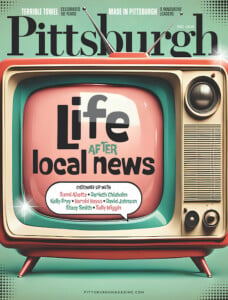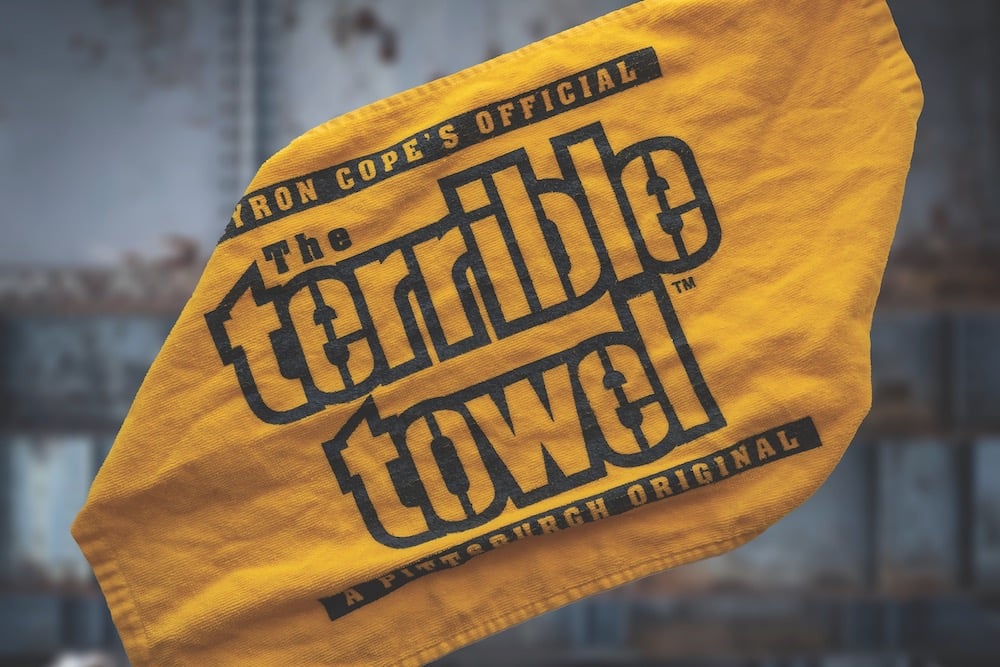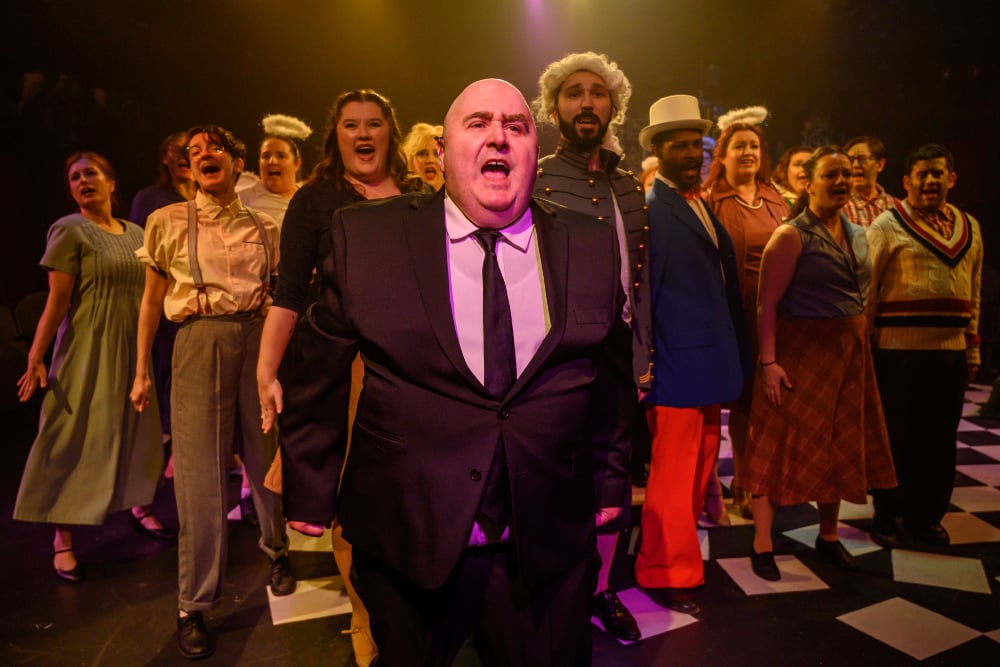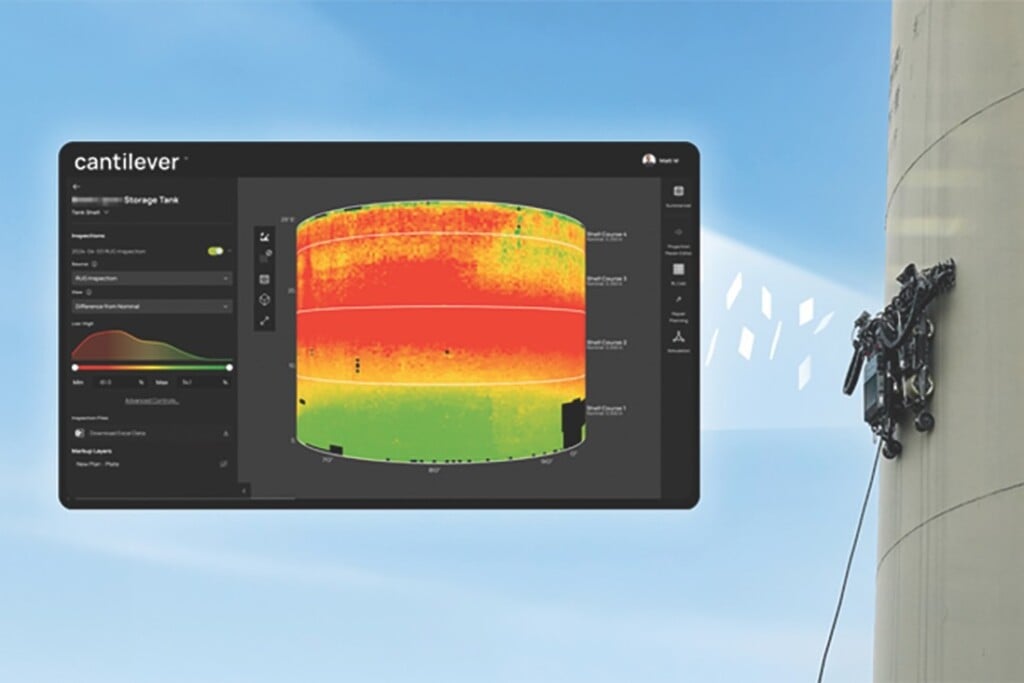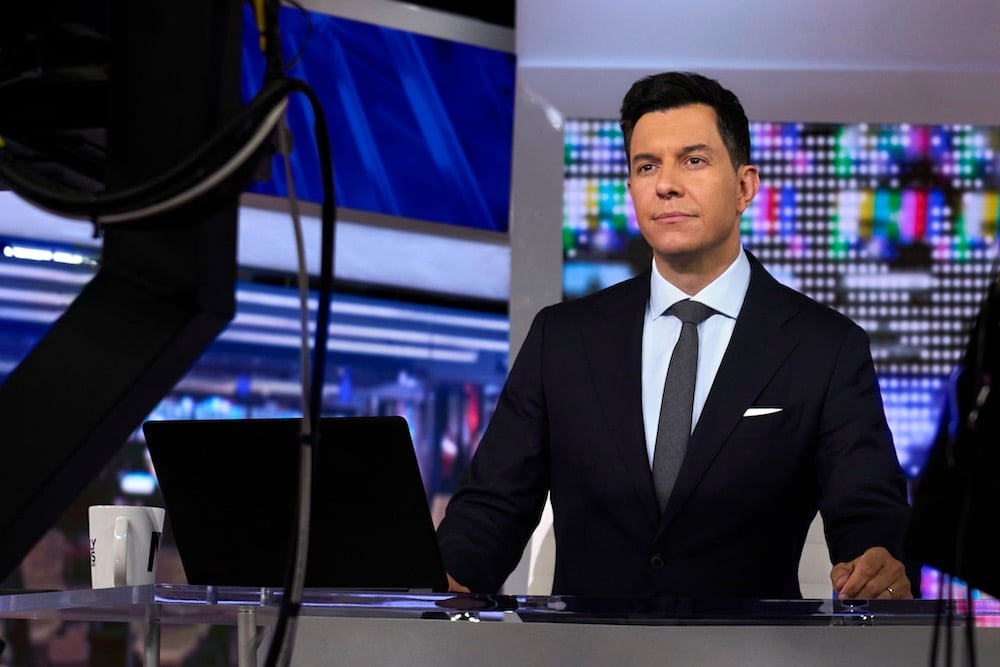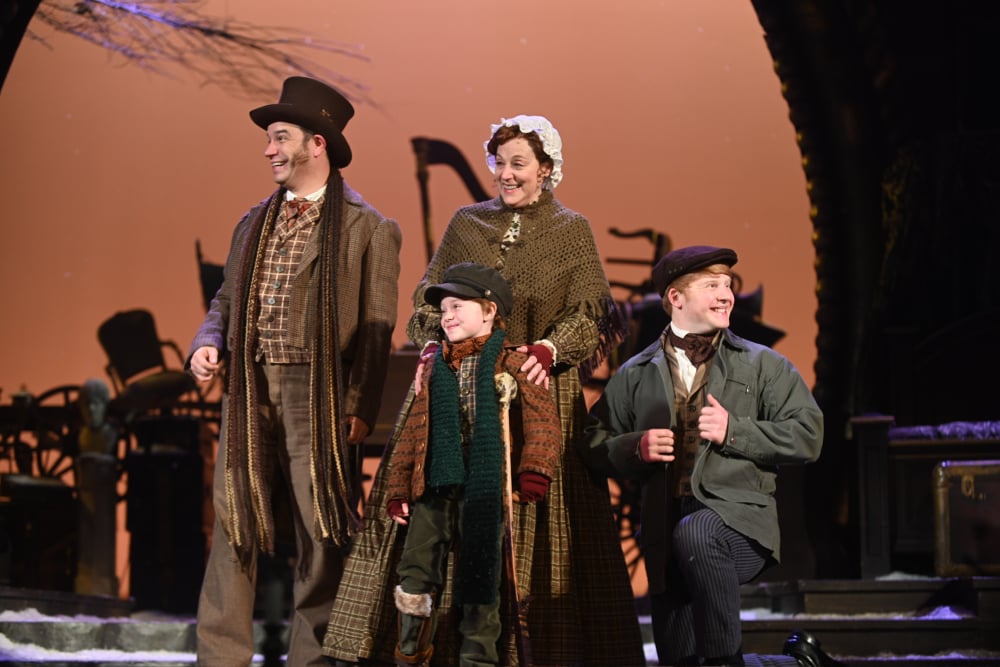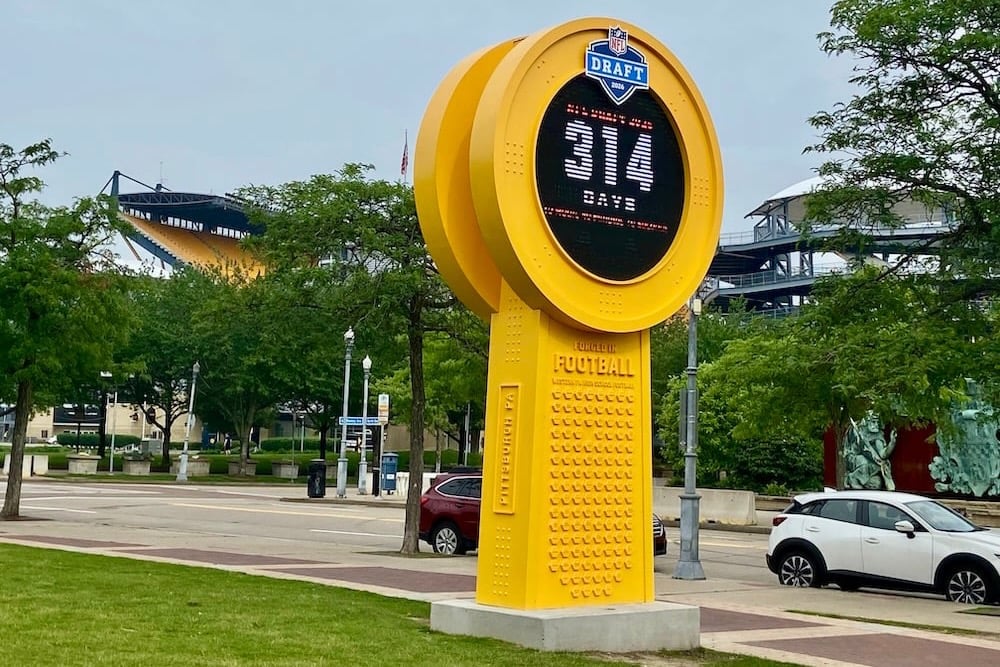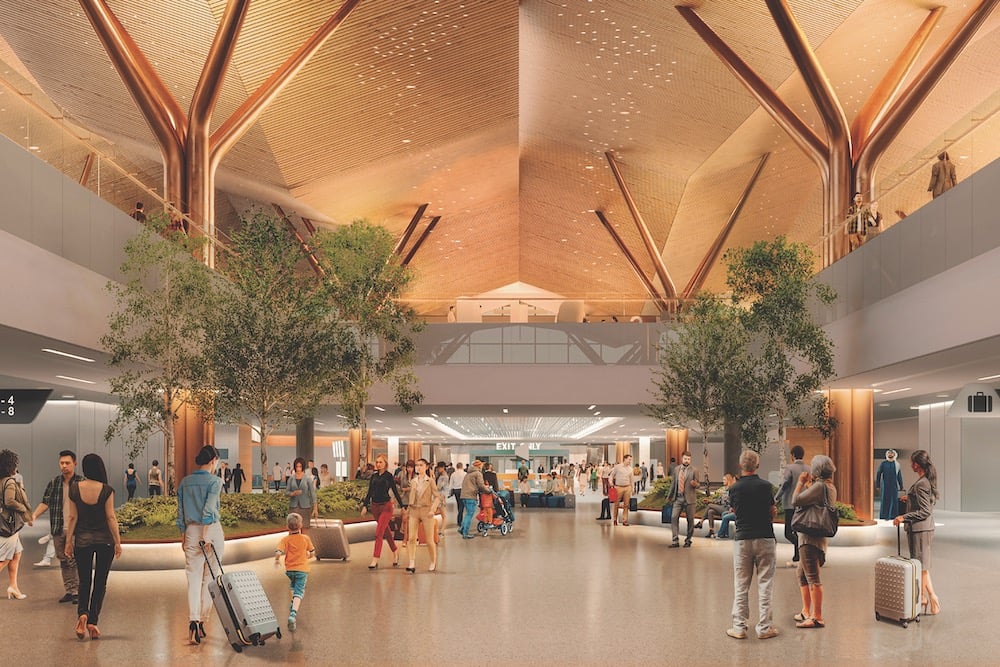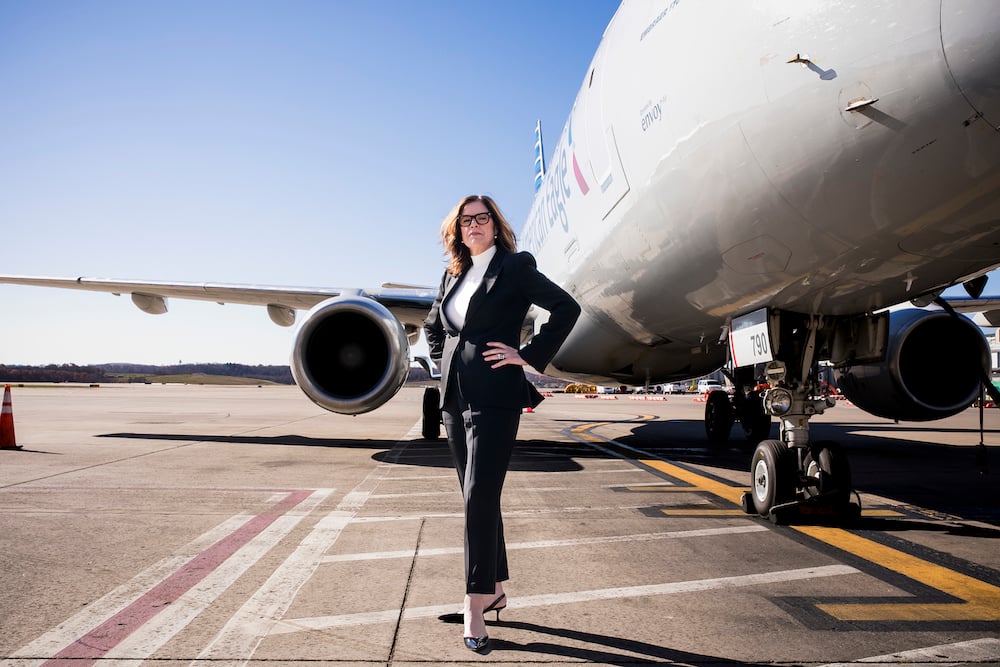Communication Van Delivers Free Hearing Tests and Speech, Language and Voice Services
The van is the latest in mobile units offering health care throughout the region.

UPMC’S NEW COMMUNICATION VAN, WHICH PROVIDES HEARING TESTS, HEARING AIDS AND SPEECH PATHOLOGY SERVICES TO COMMUNITIES IN NEED. | PHOTO BY DELANEY PIPON
The consequences of untreated hearing and vision loss ripple far beyond the inability to see or hear clearly.
For elderly residents, hearing loss can mean the difference between staying independent in their own home or requiring assisted living. For working adults, it could create a challenge if they can’t communicate effectively with colleagues or customers. For children, undiagnosed problems translate to falling behind in school, sometimes irreversibly.
UPMC is tackling this crisis head-on — by bringing care directly to where patients are.
The newest addition to Pittsburgh’s mobile health care is the Communication Van, a fully equipped audiology clinic on wheels that brings comprehensive hearing and speech pathology services directly into underserved communities. Donated by the local Brother’s Brother Foundation, it is operated by the Eye & Ear Foundation of Pittsburgh.
Across Allegheny County and surrounding areas, countless residents face barriers to receiving basic eye and ear care: inflexible work schedules that don’t allow time off for appointments, lack of insurance or transportation, the confusion of navigating the health care system, or simply living too far from specialists who could help them.
Dr. Catherine Palmer, director of audiology for the UPMC Integrated Health System and professor at the University of Pittsburgh, leads the mobile audiology initiative. Inside the van, patients receive complete hearing evaluations, hearing aid fittings, speech pathology services, and voice care — all in a controlled, quiet environment specifically designed for accurate testing.
The Communication Van is a UPMC/Pitt initiative and is designed for both clinical and research outreach. Pitt audiology students staff the van, gaining service-learning experience. Under faculty supervision, these future audiologists conduct hearing tests, fit hearing aids and even teach patients how to leverage technology they already own.
“We don’t really do anything without students,” Palmer notes.
One service the team provides is showing patients how to use their smartphones as hearing aids. “Most people have a smartphone, even at very low socioeconomic [status],” Palmer says.
The iPhone, paired with AirPods, can function as a hearing aid for mild or moderate hearing loss; both Android and iPhone can convert speech to text for those with significant hearing loss.
The van makes regular stops in communities like Sharpsburg, where the team conducts hearing tests one month and returns the following month for hearing aid fittings. At Birmingham Free Clinic on the South Side, they’ve designed the service to provide everything in one visit: hearing test, hearing aid fitting, and follow-up all in a single evening.
Unlike most medical treatments, hearing aids are rarely covered by commercial insurance and are not covered by Medicare, leaving individuals to shoulder costs that can reach $4,000 per pair.
“For an individual, it’s very expensive,” Palmer says. “Given that it’s treating a chronic health condition, it’s not expensive if it were covered by insurance. The problem is not the price. The problem is the lack of coverage.”
Through the mobile clinic program and partnerships with free clinics, the team provided 365 people with hearing aids last year alone. Patients can walk into a mobile clinic and leave with hearing aids the same day, often at no cost.
“People didn’t pursue hearing aids, — they thought they were out of reach,” Palmer says, “and suddenly they could hear.”
Complementing the Communication Van is the established Eyes on Wheels program, which has been serving Pittsburgh’s underserved communities since 2006. Originally called “Guerrilla Eye Service” — meant to convey an active, aggressive approach to reaching patients — the program was rebranded to Eyes on Wheels.
Dr. Evan “Jake” Waxman, who founded the program, now operates two vehicles. Thanks to a cargo van with a lift donated by Falcone Automotive — used for pop-up clinics — and the EyeVan, donated by the Brother’s Brother Foundation, the program has grown far beyond the days when Waxman packed equipment into his personal Sonata.
The mobile eye clinics provide comprehensive services: complete eye exams, prescriptions for glasses, glaucoma detection, medication prescriptions, visual field testing and retinal photography. Medical students and residents unpack the equipment, transforming primary care clinics into full-service eye doctor’s offices for nights and weekends.
The program serves such places as Birmingham Free Clinic, Downtown’s Second Avenue Commons, McKeesport Ninth Street Clinic, Sheep Inc. Health Care Center in Penn Hills and approximately 20 senior living facilities throughout the region. Recent missions have taken the team to unexpected places, including Penn State’s campus in McKeesport, where college students lacking insurance were unable to afford glasses.
“It never occurred to me that that was a demographic we needed to take care of,” Waxman says. The program also recently completed a mission to Washington County School District, where approximately 500 children had failed school-vision screenings. The team provided glasses and, crucially, detected about 60 children with amblyopia requiring treatment.
Brother’s Brother Foundation, based on the North Side, provides help locally and internationally in health care, infrastructure, disaster response and education. It identified mobile clinics as filling a gap in care
“We were trying to figure out what kind of an impact we could make locally and within the U.S. to address needs that really hadn’t been addressed as well as they could have,” says Ozzy Samad, the organization’s president.
The foundation’s model focuses on working with organizations already on the ground doing the work.
Brother’s Brother Foundation has now funded five mobile clinics domestically: two with the Eye & Ear Foundation (vision/diabetes screening and the Communication Van), a primary care van with Allegheny Health Network, a primary care van with Kentucky Care and a vision van with a free clinic in Florida called Care Resources. An additional clinic is being developed for Asheville, North Carolina, in response to hurricanes Helene and Milton. Eight more mobile clinics are currently under consideration.
Lawton Snyder, CEO of the Eye & Ear Foundation of Pittsburgh, knew immediately he wanted to be a part of the solution.
When he first learned about Waxman’s work, “I got involved right away,” he says.
The foundation has since helped place more than 40 retinal imaging cameras in primary care offices and indigent care clinics throughout the community, allowing diabetes patients to receive retinal screening without taking time off work for specialist appointments.
Identifying problems is only half the battle. Ensuring patients receive follow-up care has proven to be the more difficult challenge.
When the programs began collecting data, they found that only about 30% of patients diagnosed with conditions were successfully connecting with follow-up treatment.
“That means 70% of people are at risk of losing vision,” Snyder says. “And that’s what everything that we are looking at in terms of data is telling us.”
To address this gap, the foundation created a patient navigator position — the first funded through a donation by Nancy Washington, a member of the foundation’s board.
For the past six years, the patient navigator has worked in clinics to identify people struggling to access care and help them overcome barriers.
The foundation has also developed a curriculum for community health care workers. Developed in partnership with the Eden Hall Foundation and led by Palmer’s team, the curriculum focuses specifically on hearing and vision care, areas often overlooked in primary care training.
“The last thing we want to do, if we’re trying to develop a curriculum for community health care workers, is just go tell them, ‘This is what you need to do,’ because we may not understand what’s best for them,” Snyder says.
The curriculum was developed while working directly with people in the community to ensure it addresses real needs and challenges.
Waxman envisions remote consultation capabilities for community-based emergency departments throughout Allegheny County and surrounding areas, where currently no eye doctors are available outside of major facilities like UPMC Mercy or UPMC Presbyterian.
For the audiology program, Palmer’s team plans to bring the Communication Van to Special Olympics events, including a major gathering at Penn State next June.
“Special Olympics has always done hearing testing for their healthy athletes, but now with the van we’ll do hearing aid fitting, which is going to be a big difference,” she says, noting that athletes often receive recommendations but don’t know where to follow up.
The team also provides hearing protection at every stop, distributing musician earplugs that reduce sound levels evenly while maintaining audio quality.
“We always want to think about prevention,” Palmer says. “A lot of people need hearing aids because of noise exposure.”
The feedback from communities has been overwhelmingly positive. Samad of Brother’s Brother recounts speaking with a physician involved in the project who simply described the community’s appreciation as “amazing.”
One visit that particularly stood out was to a homeless encampment.
“You have people in need in all kinds of different circumstances,” Samad says.
